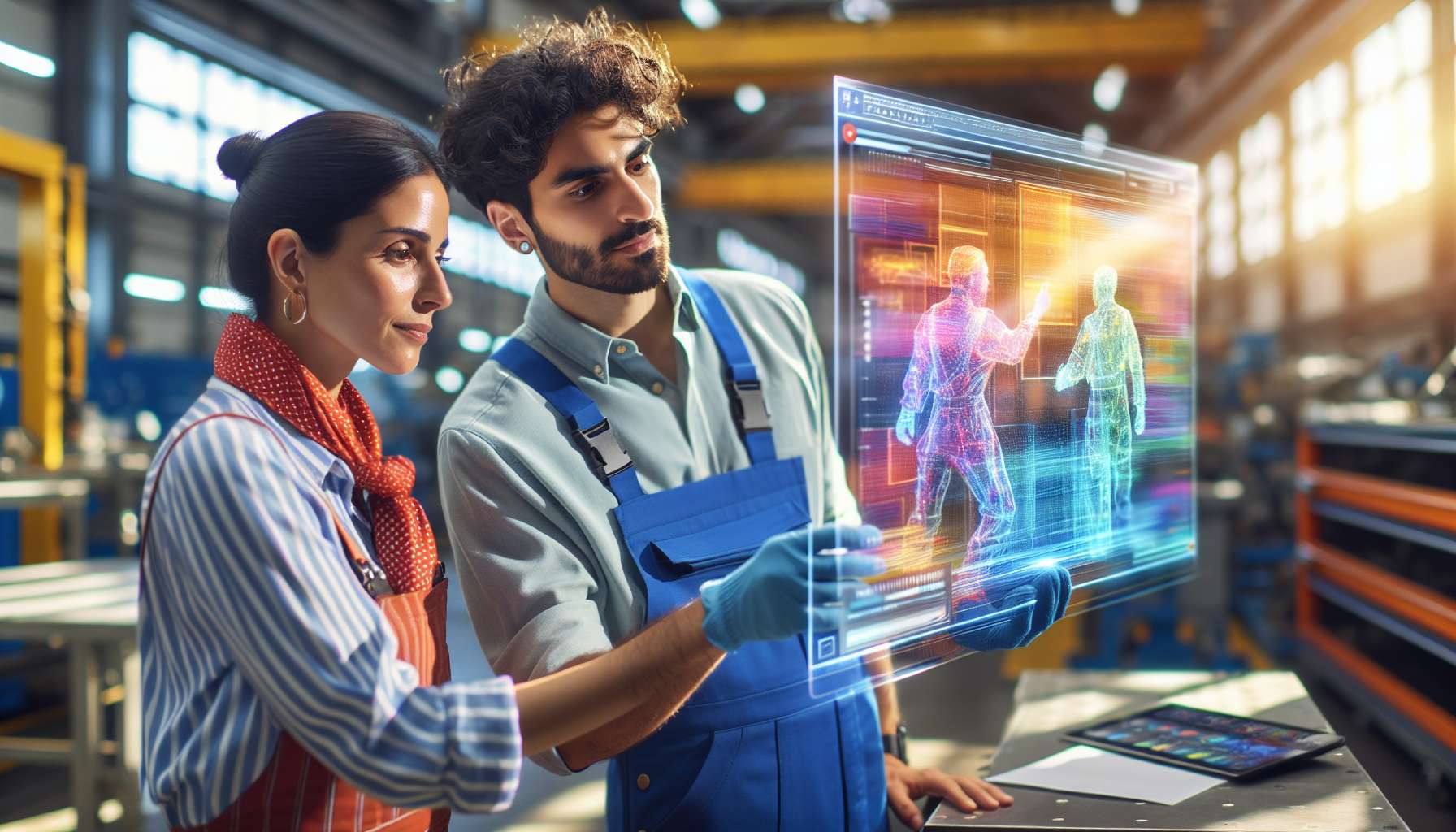Revolutionizing the Automotive Industry with Augmented Reality
Augmented Reality (AR) has emerged as a game-changing technology in various industries, and the automotive sector is no exception. With its ability to overlay digital information onto the real world, AR is transforming the way automotive manufacturers operate, bringing a new era of precision and efficiency to the production line. In this article, we will explore the advancements of AR in automotive manufacturing and its impact on the industry.
Enhancing Precision and Quality Control
One of the key benefits of AR in automotive manufacturing is its ability to enhance precision and quality control. By using AR headsets or smart glasses, assembly line workers can access real-time digital instructions and visualizations, guiding them through complex assembly processes. This technology ensures that each step is performed accurately, reducing the risk of errors and improving overall product quality.
AR also enables real-time quality control checks by overlaying digital inspection data onto physical components. This allows manufacturers to identify defects or deviations from specifications instantly, minimizing the chances of faulty products reaching the market. By catching and addressing issues early in the production process, AR helps automotive companies save time and resources while maintaining high standards of quality.
Streamlining Training and Onboarding Processes
Training new employees and ensuring their seamless integration into the manufacturing process can be a time-consuming and costly endeavor. However, AR simplifies this process by providing immersive and interactive training experiences. With AR, new hires can learn complex assembly procedures and gain hands-on experience without the need for physical prototypes or expensive equipment.
AR-based training modules allow employees to visualize and practice assembly tasks in a virtual environment, reducing the learning curve and accelerating the onboarding process. This not only saves time and resources but also ensures that new employees are equipped with the necessary skills to perform their roles effectively.
Improving Efficiency and Productivity
AR technology has the potential to significantly improve efficiency and productivity on the automotive production line. By overlaying real-time data and instructions onto physical components, workers can access information without the need to consult manuals or refer to computer screens. This eliminates the need for constant back-and-forth movements, reducing downtime and increasing overall productivity.
Furthermore, AR can optimize inventory management by providing real-time visibility into stock levels and component locations. This enables manufacturers to streamline their supply chain processes, ensuring that the right parts are available at the right time, minimizing delays and bottlenecks.
Looking Ahead: Future Possibilities
The impact of AR on the automotive industry is just beginning to unfold, and the future possibilities are exciting. As the technology continues to evolve, we can expect even more advanced applications in areas such as remote assistance, predictive maintenance, and collaborative design.
Imagine technicians being able to receive real-time guidance from experts located miles away, or predictive maintenance systems that use AR to identify potential issues before they occur. These advancements have the potential to further enhance efficiency, reduce costs, and improve overall operational performance in the automotive manufacturing sector.
Conclusion
Augmented Reality is revolutionizing the automotive industry by bringing a new level of precision, efficiency, and quality control to the manufacturing process. From enhancing precision and streamlining training to improving efficiency and productivity, AR is transforming the way automotive manufacturers operate. As the technology continues to advance, the automotive industry can look forward to even more exciting possibilities that will further propel it into the future.





